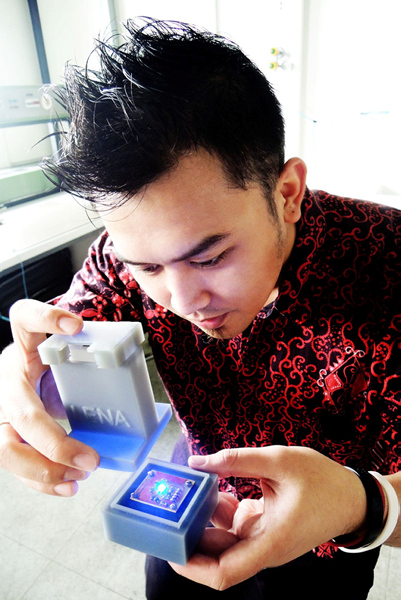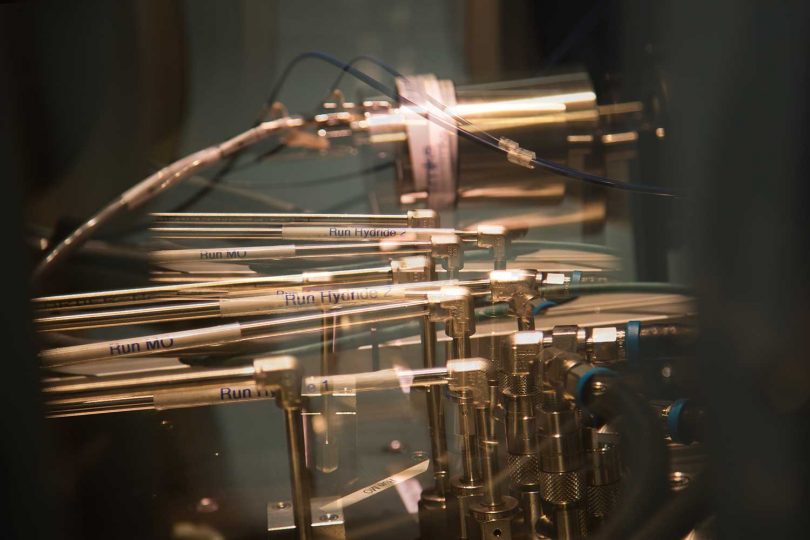The EU-funded ChipScope Project Gets Leading Companies on Board Focus on Research: At the Limit of Measurability
The ChipScope project aims to develop a completely new and extremely small optical microscope capable of observing the interior of living cells in real time. The new microscope will be affordable and ubiquitously available. It will allow researchers in developing nations as well as scientists out in the field to take reliable and affordable images of viruses, DNA, living cells and more.
New Imaging Techniques for Medical Applications
As age-related illnesses such as cancer, cardiovascular, lung and neurodegenerative diseases become more and more relevant, new approaches and improved methods for medical diagnosis and therapy are required. New diagnostic methods help to determine early, precise and individual treatment decisions by enabling accurate and reliable identification of disease-specific parameters.
The optical microscope with super-resolution capabilities developed by ChipScope will provide valuable contributions to this by extreme miniaturisation, simplicity and cost-effectiveness.
Two international players in the field of imaging and microscopy, Nikon and Carl Zeiss GmbH, have joined the Industrial Advisory Board of the European funded research project ChipScope. Both companies will accompany the project consortium during the next 3 years and contribute to transform the project results into new products.
The collaboration established with industry will contribute to keep the research done by the ChipScope scientists close to the market needs. It is the basis for a successful transfer of project results to European industry and for the development of new technical solutions and products.
A Highly Interdisciplinary Project Team
In addition to Nikon and Carl Zeiss Microscopy GmbH, four SMEs are enclosed in the board and will be closely linked to the project: endoASIC Technologies from Spain, Adimec Advanced Image Systems from The Netherlands, TissueGnostics GmbH from Austria, GATTAquant DNA nanotechnologies from Germany as well as two divisions of the National Metrology Institute PTB in Germany.


